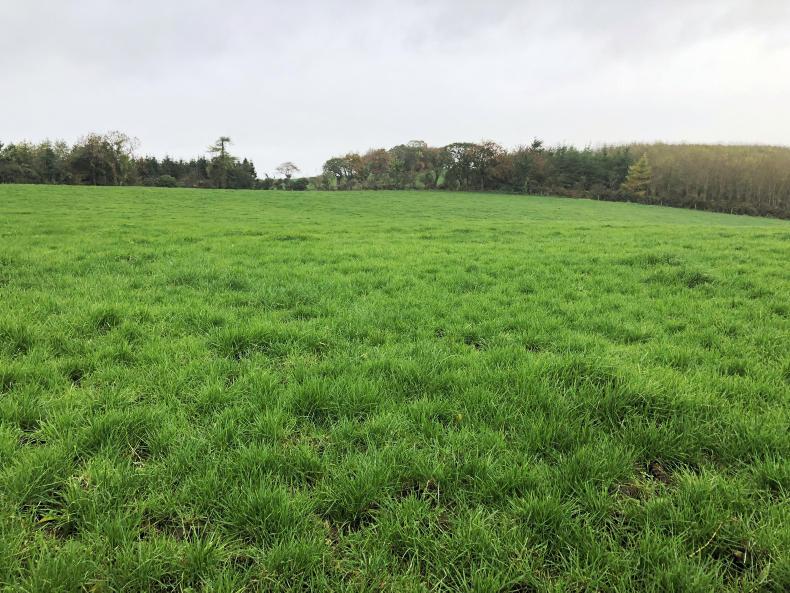It has been a relatively kind spring for sheep flocks, with the exception of a few short-term periods of inclement weather.
The sharp change in weather at the weekend acted as a trigger that is significantly increasing the risk of grass tetany.
The risk is highest in swards which are growing rapidly or have a high leaf-to-stem ratio.
Swards which are high in potassium and have received slurry or compound fertilisers recently will also be at greater risk.
Nutritional stress
In terms of ewes, those under nutritional stress will face a greater challenge.
For example, aged ewes that are rearing multiple lambs and struggling to meet nutritional demands will be susceptible to grass tetany.
Animals must ingest sufficient levels of magnesium on a daily basis and grass tetany prevention centres on ensuring this happens.
Offering ewes access to high-mag lick buckets is the most common form of prevention.
But it is important to note that magnesium levels need to be boosted in advance of a risk, so providing buckets alone may not solve issues where there has been a spike.
In such scenarios, it may be necessary to offer ewes access to lick buckets and also introduce meals for a few days until weather has settled. Reprieve
This will provide a reprieve until weather improves and magnesium levels are supported by access to lick buckets.
Where dealing with ewes and lambs during a sharp change in weather, it may be necessary to provide buckets in a number of places where sheep are congregating or taking shelter to maximise intake potential.
Where sheep are being turned into fresh pasture, this should be done early in the day to give the maximum time frame for ewes to settle in their new environment.
Administering magnesium bullets or the addition of magnesium to water are other preventative routes, while pasture dusting is an option rarely used.
Tullamore cases
There will be cases where all the steps have been taken that ewes may fall foul of the ailment.
The Irish Farmers Journal Tullamore Farm had three cases of ewe mortality on Monday morning in the oldest batch of ewes and lambs.
One looks as if it could have been a ewe on her back, but the other two are suspect cases of tetany. They have been submitted for post mortem.
Ewes have previously received magnesium bullets, but, as a precaution, meal has been reintroduced at about 0.5kg per head, while buckets have also been offered.
The results of the post mortem will be reported as soon as they are available.
Characteristic symptoms
The onset of disease is rapid. Characteristic signs include animals isolating themselves from the flock, muscle tremors and animals stretched out and kicking due to the muscle tremors.
Ewes often die quickly, without farmers getting a chance to see these symptoms at play.
Swift treatment by administering magnesium is essential to improve the chances of a successful recovery.






 This is a subscriber-only article
This is a subscriber-only article










SHARING OPTIONS: